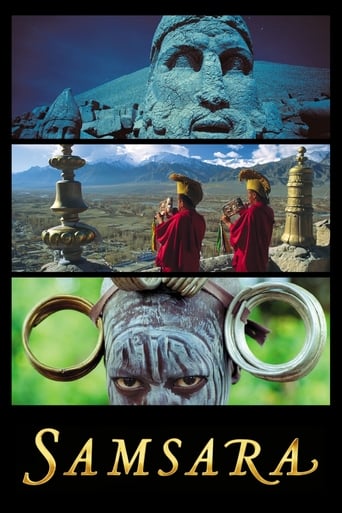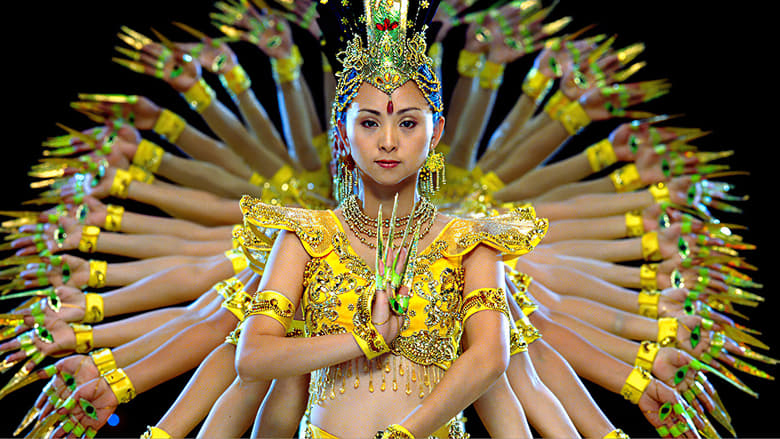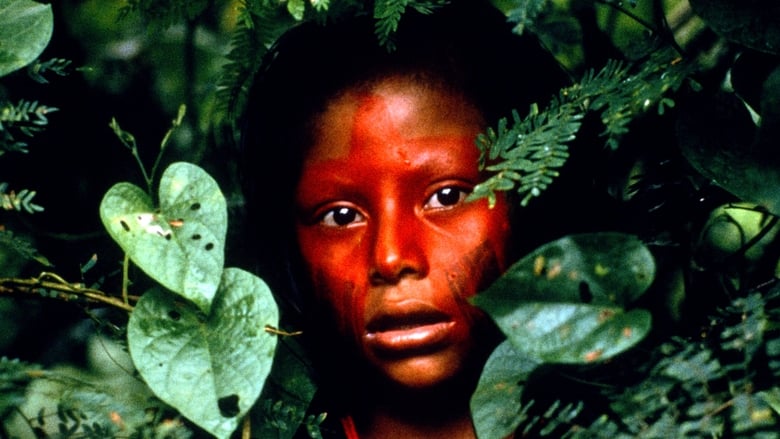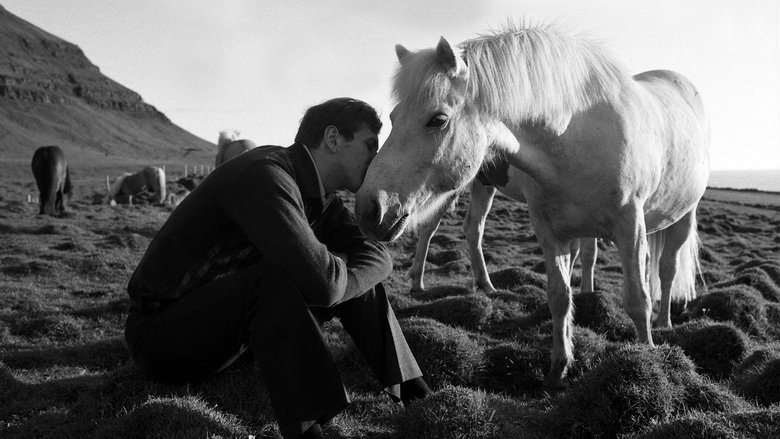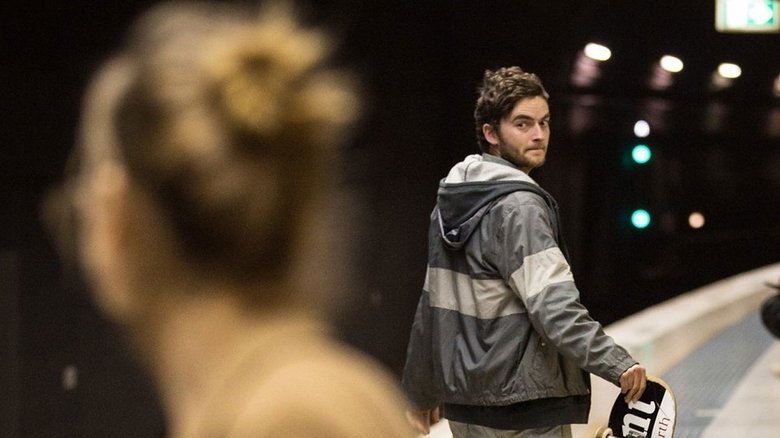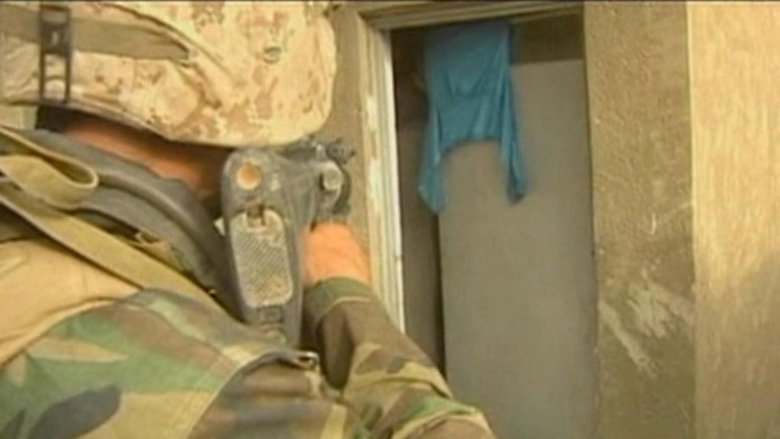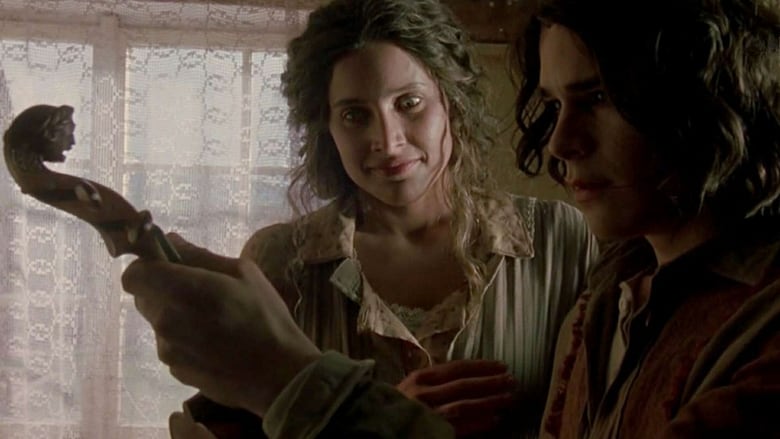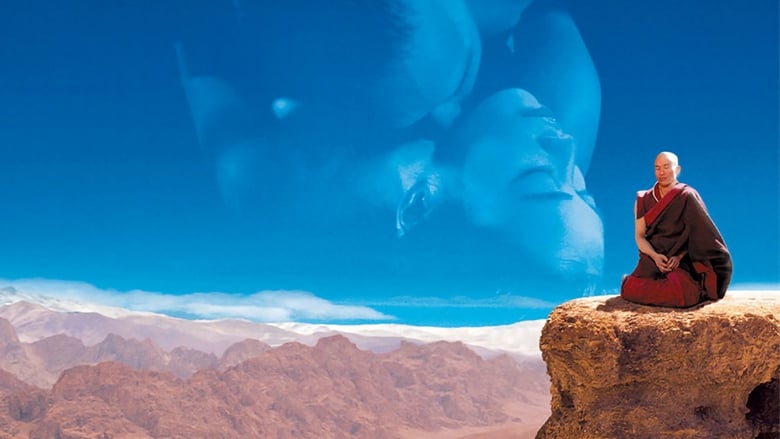Filmed over nearly five years in twenty-five countries on five continents, and shot on seventy-millimetre film, Samsara transports us to the varied worlds of sacred grounds, disaster zones, industrial complexes, and natural wonders.


Similar titles
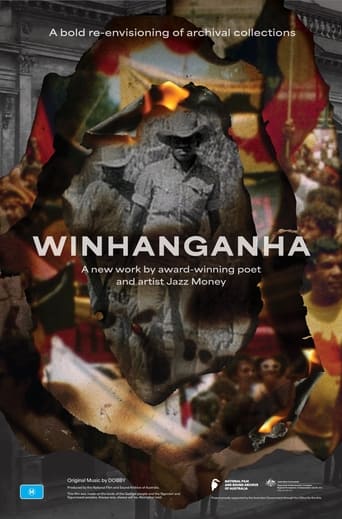
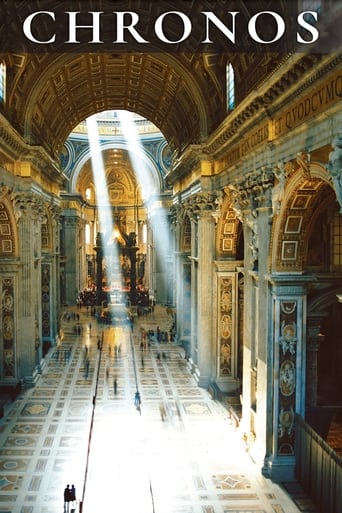
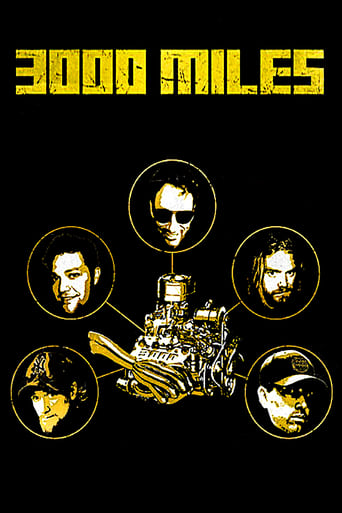
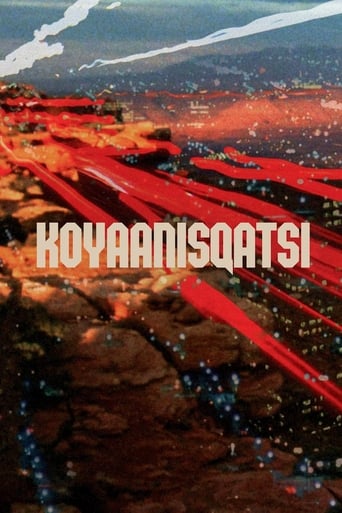
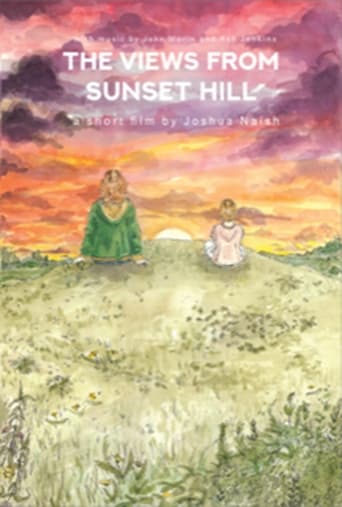

Reviews
In this film I saw the most comprehensive appreciation of life in all of its aspects, through very strongly aestheticized images, which if we took outside of the context of tranquil and perfectly composed music, we might have red them completely differently. It's a film-making and artistic mastery which makes it clear that aesthetic context influences how we perceive certain conceptual elements of human cultures. So for example If I saw some of these images in real life, I might have not appreciated them as much as I did through this movie. This is also how this film might influence ones perception of this three-dimensional reality we live in. Another visual quirk of this one is that when we face the frames that actually resemble still photography, the filmed statues for example would seem as if they were slightly moving, under the influence of music or my anticipation of very subtle and calm camera movements that generally abound in this piece. I often wondered why are the most of films narrative and always appreciated music without lyrics and considered artistic music videos that would follow these songs the most attractive forms of film-making. This movie gave me exactly this in such a pleasurable way that I hoped it will never end. It's an overview of entire human culture, of mans both primary (natural world as his source) and secondary nature (culture), grasping with equal intensity all of the aspects of human existence, from birth, all different kinds of developments and death. It's the story mostly about the way we as a human kind have structured the symbolic order, but also of the in-bursts of the real, like natural disasters or human inability to control our constantly reproducing desires, that add up to the overall aesthetics of our existence on this planet that might seem harmonious and horrific on two ends.
A common quote I've heard several times before is "A picture is worth a thousand words". It depends on what picture you're looking at but if you're watching Samsara then its images will take a lifetime to read.Filmed over a period of 5 years in 25 countries, Samsara transports us to disaster zones, enormous cities, and natural landmarks as we get to witness breathtaking imagery.This movie is unlike any other film I have ever seen. It has no words, no plot, and no characters. Its only purpose is to present us with dozens upon dozens of overwhelmingly beautiful photographs featuring many wonders around the world. Just about every single shot is masterfully filmed. I could take almost every single photo from the movie, hang it on a poster on my wall, and admire it for years. This movie displays some of the most beautiful images I have ever seen before.The music is also great too. But most of the time, you won't notice it because you'll be distracted on a great shot. However, the music is just noticeable and quiet enough to give you a good feeling and you'll find that it immerses you even more into the film even when you pay more attention to the shots. It works with the movie very well and it engaged me even more.I really want to give this a 5/5 but there were a few sequences which bugged me. One of the scenes contained a group of female strippers dancing around in a circle. The other one contained a slaughter house and it showed us animals getting turned into food (don't worry, it's not too graphic). There were also a few other scenes which didn't interest me. Those scenes kind of took me out of the experience for a bit because I didn't feel that they looked as dazzling as many of the other scenes in the movie. Fortunately, there were only a few of those scenes in the entire film but it did annoy me a great deal when those sequences happened.Despite the few weaker sequences, I for one extremely enjoyed the film. I can safely say that I've felt more engaged in this movie then almost every other film I've ever seen before (even some of my top 10 favorite movies of all time). If you're a fan of photography then this is definitely the biggest must-see film ever. I might check out Ron Fricke's other 2 films (Baraka and Chronos) sometime in the future to see if they can match up to this one.
Samsara picks up where filmmaker Ron Fricke left off over a decade ago with his landmark Baraka, and is arguably every bit the equal of its esteemed predecessor. Before you wonder at the apparent mismatch between this comment and my rating indulge me...Both Samsara and Baraka contain haunting imagery. In the former case, whether it be a human swirl in Mecca, the clash of modern and primitive of African tribesman staring into the camera with an AK47 in hand, or, best of all, a nightmare-inducing performance by artist Olivier De Sagazan, parts of it will stay with you for a long time. On the whole, nobody can fault the visuals, largely justifying their rare and unforgiving capture-format, not to mention the ordeal it must have been to plan this multi-continental shoot.Sadly, Fricke fails to make it all amount to something intelligent. We've already seen odes to nature in the wake of destructive industrialization, most effectively in the Fricke- lensed Reggio-Glass Qatsi films. The argument was already rather simplistic then, it is dangerously muddled now: Fricke seems very partial to the beauty of nature and tribal ritual (with a strong positive bias towards Buddhism) and dead-set against modern isolation/Western industrialism. Yet some of his finest images contradict his own values: in the aforementioned case of bushmen holding machine-guns, which part of the image is meant to horrify us? The modern weapon ravaging a "pure" culture, or the idea of humans living in such prehistoric squalor and superstition in the 20th century? And are the monumental swarm around the Kaaba or the indulgence-sponsored interiors of the Vatican meant to be celebratory or cautionary? These questions might be provocative, but then that means doing the heavy lifting for the filmmakers. It all amounts to a collection of first-rate images, each of which asks an often interesting question, edited into an often confused and immature muddle. But is it worth seeing, if only once? Absolutely.
In 1993, filmmakers Ron Fricke and Mark Magidson presented a deeply moving portrait of features universal to all human societies, warned of ecological collapse, and depicted how technology was changing our lives in BARAKA. Shot on 70mm film, this was one of the most visually impressive films ever made, and its lack of any dialogue or narration allowed viewers to engage in their own individual reflections about the panorama on the screen. Two decades later, the team returned with SAMSARA, a sequel that wasn't really necessary.One reason that SAMSARA is not very good is that it often seems a shot-for-shot repeat of BARAKA. The filmmakers revisit many of the same locations (such as Thai prostitutes, a chicken-processing plant, home appliance factories, landfill gleaners). Again Buddhism, the Ka'aba and high church Christianity are depicted, but because the film does not go on to any other religions than what was on BARAKA, these rituals feel this time like cheap exoticism instead of unquenchable anthropological curiosity. SAMSARA also lacks the dramatic arc of BARAKA, coming across as a random succession of images instead of the journey from sacredness to horror and back that we found in its predecessor.That is not to say that SAMSARA is completely without interest. There is an astonishing clip of performance artist Olivier de Sagaza, and the freakish Dubai landscape is depicting in a detail that few (even those who have been there) have seen. SAMSARA is all in all a darker film, and while depictions of the wreckage of Katrina, a Wyoming family that are proud to own an arsenal of guns, and a wounded veteran may fail to really shock viewers in the West who have already been exposed to such images for years, scenes of garish funerals in Nigeria and Indonesian men making the rounds in a sulphur mine (even though they know it is killing them) are stirring and memorable. Of course the visuals are rich, and in Bluray format on my HD projector the film is just as stunningly detailed as its predecessor.However, SAMSARA lacks enough new things to say, it surprisingly doesn't offer continual rewards on rewatching, and just by the fact that it exists out there it potentially dilutes the impact of BARAKA, once a singular film. I was entertained enough to give this a 3-star rating, but I would still recommend BARAKA, and even for those who have seen and loved BARAKA, I would not recommend moving on to this film.
